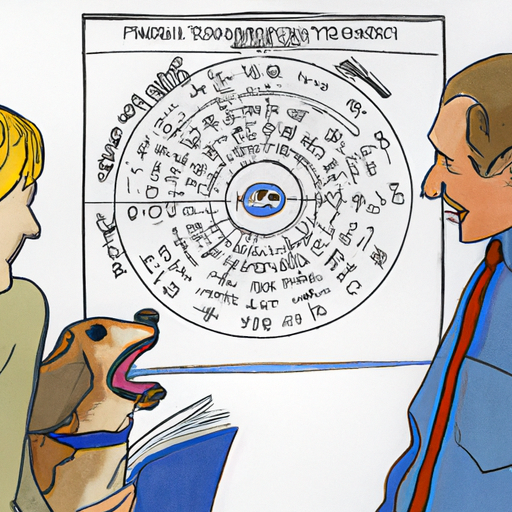As a loving caregiver to your furry friend, understanding the biological aspects of your pet’s life can be as critical as learning their favorite toy or sleeping spot. Among these biological aspects is the heat cycle in dogs, also known as the estrous cycle.
Understanding the Canine Estrous Cycle
The estrous cycle, or heat, in dogs is the stage where your pet becomes receptive to mating. It’s crucial to understand this cycle, not just for breeding purposes, but also for your dog’s health and well-being. The age when dogs go into heat can vary, depending on several factors such as breed, size, and overall health.
Generally, dogs go into heat for the first time between six and 24 months of age. However, smaller breeds may go into heat earlier, between the ages of four to six months, while larger breeds may not experience their first heat until they are a year and a half to two years old.
Recognizing the Signs of Heat
Your dog can’t tell you when she is in heat, but there are signs you can look out for. These may include:
- Swelling of the vulva
- Changes in behavior (more affectionate or aggressive)
- Increased urination
- Vaginal bleeding or discharge
It’s essential to be aware of these signs to ensure the comfort and health of your dog during this period.
Heat Cycle Stages
The heat cycle of a dog usually lasts between two to four weeks and can be broken down into four stages:
- Proestrus: This is the start of the heat period where your dog may show signs of interest in males, but is not yet ready to mate. This stage lasts about nine days.
- Estrus: This is the stage where your dog is ready to mate. The discharge becomes less bloody and more yellowish. This stage lasts about nine days, but can vary from three to 21 days.
- Diestrus: This stage is when your dog is no longer interested in mating. This stage lasts about two months.
- Anestrus: This is the resting stage, lasting about two to three months, before the cycle starts again.
| Stage | Duration | Signs |
|---|---|---|
| Proestrus | ~9 days | Interest in males, not ready to mate |
| Estrus | ~9 days (can vary) | Ready to mate, discharge changes |
| Diestrus | ~2 months | Loss of interest in mating |
| Anestrus | ~2-3 months | Resting period |
Preventing Unwanted Pregnancy
As a responsible pet owner, it’s important to prevent unwanted pregnancies, especially if you are not planning on breeding your dog. Ways to prevent unwanted pregnancies include:
- Keeping your dog indoors or supervised when outside during her heat cycle
- Spaying your dog
Spaying not only prevents unwanted pregnancies but can also protect against certain types of cancers and infections.
Frequently Asked Questions
Q: How often do dogs go into heat?
A: Most dogs go into heat twice a year, or every six months, but it varies depending on the dog’s breed and size.
Q: Can I walk my dog while she’s in heat?
A: Yes, but be cautious as she will attract male dogs.
Q: How long does a dog’s heat last?
A: A dog’s heat usually lasts between two to four weeks.
Q: Can a dog be spayed while in heat?
A: It’s generally safer to spay a dog when she’s not in heat due to the increased blood flow to the area.
Armed with this knowledge, you can better understand and care for your dog during her heat cycle. It’s just another part of being the best caregiver you can be for your furry friend.



